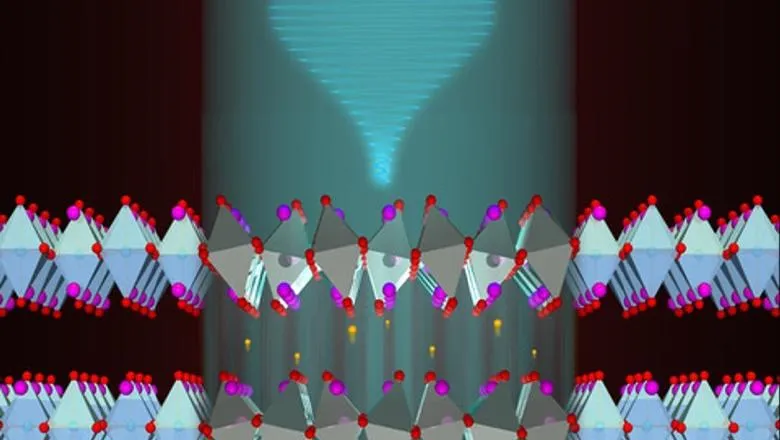“The impact of our research remains fundamental, but provides an insight into the mechanisms at play behind high temperature superconductivity. So far, superconducting materials have been divided in two categories: the class of materials where magnetic fluctuation dominates, and the class of materials where crystal vibrations dominate. Here we show that there is a subtle interplay between both, which has been overlooked. Our work suggests that inducing controlled crystal vibrations is a pathway to enhance the superconducting temperature.”
12 March 2020
Picturing the future of silicon technology
As part of an international team across Switzerland, Germany and the USA, a group of researchers from the Department of Physics have uncovered behaviours in high-superconductor materials that have potential to develop the next generation of electronic devices.

Building on the wider international team’s experimental data and computed vibrational modes, Professor Mark van Schilfgaarde (Head of King’s Theory & Simulation of Condensed Matter group), Dr Cedric Weber (Senior Lecturer), and Dr Swagata Acharya (Senior Research Associate)’s expertise in computing the visualisation of complex materials has enabled the development of a visualisation of lattice vibrations within high-temperature superconductor materials.
Through deepening our current understanding of high-temperature superconductors and the complex quantum effects in oxide materials, the team’s research efforts could also pave the way towards replacing current silicon technology, and help devise design criteria for optimising energy-saving superconductors at record temperatures.
On the impact of this research development on the wider field, Cedric commented;
Mark, Cedric and Swagata are part of King’s Theory & Simulation of Condensed Matter group, whose research focuses on bringing state-of-the-art simulations to the development of new devices within arenas such as quantum computing. Following the principles of the team’s recent findings on superconductivity, the group is now liaising with experimentalists to engineer laser deposition superconductors.
Other research groups involved within this international project included teams from the École Polytechnique Fédérale de Lausanne (EPFL), the Max Plank Institute of the Structure and Dynamics of Matter (MPSD) and the Massachusetts Institute of Technology.
Results from this international project have been published in the Proceedings of the National Academy of Sciences (PNAS).
